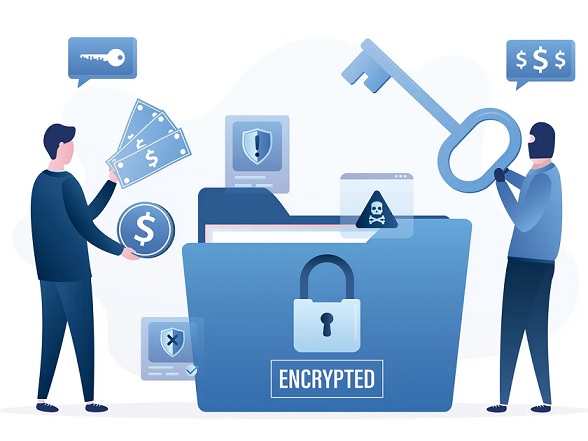Ransomware attacks are increasingly targeting startups, making it essential to implement effective strategies for protection. These attacks can jeopardize sensitive data and disrupt business operations, leading to financial loss and reputational damage. Implementing proactive measures to counter ransomware is crucial for startups to safeguard their assets and maintain business continuity. It is imperative for startups to understand the evolving nature of ransomware threats and take proactive steps to mitigate these risks.
Educate Employees
Educating employees about ransomware risks is paramount. They should be trained on how to identify suspicious emails or links that may be used to deliver ransomware. Regular training sessions can help strengthen these principles and guarantee that employees stay alert.
Additionally, providing clear guidelines for handling sensitive information can help prevent accidental exposure to ransomware. Educating employees about ransomware attacks’ potential consequences can motivate them to adhere to security protocols. Regularly updating employees on the latest ransomware trends and tactics can help them stay informed and better prepared to recognize and respond to potential threats.
Use Reliable Antivirus Software
Installing and maintaining up-to-date antivirus software is essential for detecting and preventing ransomware infections. Selecting a trustworthy antivirus solution and enabling automatic updates is crucial to ensure the software is always prepared to tackle the latest threats. Regular scans can also help identify and remove any possible threats before they can cause harm. Investing in advanced antivirus software with features such as real-time scanning and behavioral analysis can provide an added layer of protection against ransomware. Consider deploying endpoint detection and response (EDR) solutions capable of identifying and responding to ransomware attacks in real time.
Implement Security Patches and Firewalls
Regularly updating operating systems and applications is critical for patching vulnerabilities that ransomware can exploit. Hackers often target outdated software, so setting up automatic updates can help ensure that security patches are applied promptly. Additionally, monitoring security advisories and applying patches as soon as they are available can further enhance your startup’s security posture.
Firewalls are also essential for preventing unauthorized access to your startup’s network. Setting up firewalls to limit both inbound and outbound traffic can aid in blocking malicious connections and defending against ransomware attacks. For example, the SonicWall NSa Series offers advanced firewall capabilities, including intrusion prevention and malware protection, to help secure your network against ransomware threats. Implementing a robust patch management process and firewall configuration can significantly reduce the risk of a ransomware attack on your startup’s network. Consider using next-generation firewalls (NGFWs) that offer advanced threat protection capabilities to further enhance your network security.
Backup Data Regularly
Establishing a strong backup strategy is essential for safeguarding your startup’s data from ransomware attacks. Consistently backing up vital data and storing backups securely, like in the cloud or on an external hard drive, can assist in guaranteeing data recovery in case of an attack. Testing your backups frequently is essential to ensure their integrity and reliability.
Consider implementing a backup solution that offers versioning capabilities, enabling you to restore previous versions of files in case they are encrypted by ransomware. Implementing a data recovery plan can help minimize downtime and mitigate the impact of a ransomware attack on your startup’s operations.
Restrict User Permissions
Limiting user permissions is essential for preventing unauthorized access to sensitive data. Implementing the principle of least privilege ensures that users only have access to the resources that are necessary for their roles, reducing the risk of accidental or malicious data exposure. Regularly reviewing and updating user permissions can help maintain a secure environment and minimize the impact of a potential ransomware attack. Consider implementing multi-factor authentication (MFA) for sensitive accounts to add an additional layer of security against unauthorized access. Monitoring user activity and logging can help detect and respond to unauthorized access attempts promptly.



